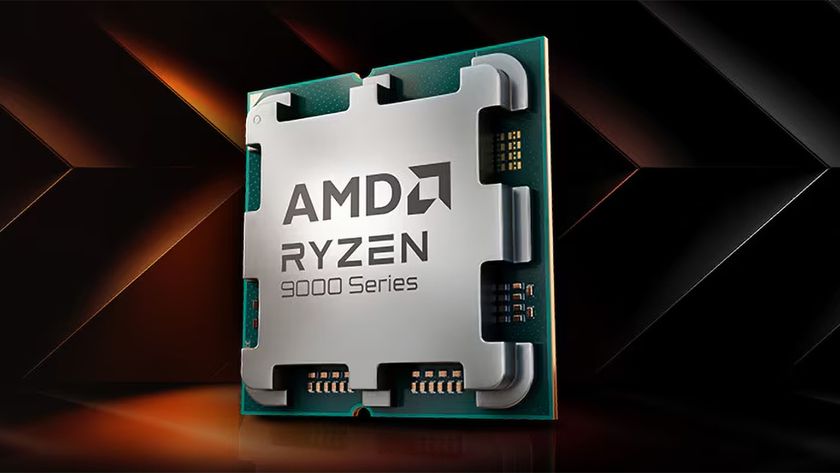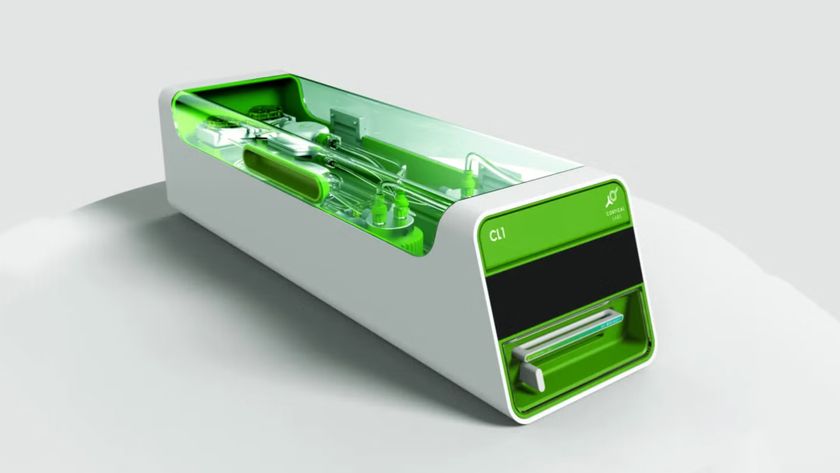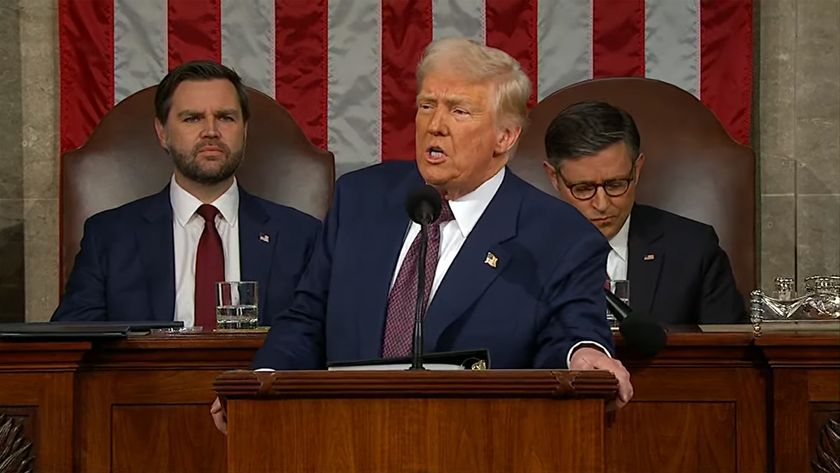Nvidia Now Streaming GRID Games At 1080p 60fps

At one time, OnLive was the king of streaming games to devices with console quality graphics. The company provided a number of games that customers could rent, purchase, or consume in an all-you-can-eat monthly subscription service that could be streamed to desktops, laptops, smartphones and tablets. That company is gone, but don't worry: the idea still lives on with Nvidia's GRID streaming service for the SHIELD handheld, the SHIELD tablet and the SHIELD set-top-box.
Nvidia launched the GRID game streaming service back in November 2014. At the time, around 20 of those games were streamed at a 1280 x 720 resolution running at 60 frames per second. Now it's May 2015, and the company has bumped up the resolution to 1920 x 1080 at 60 frames per second.
For gamers, that means a game streaming experience on SHIELD devices like no other. The GRID service is currently free for SHIELD device owners until June 30, 2015.
In addition to owning a SHIELD device, gamers wanting to stream GRID games will need a broadband connection of at least 30 Mbps and a "SHIELD-ready" router if they want to stream at 1920 x 1080. Nvidia actually recommends a 50 Mbps broadband connection, given that there may be other devices in the household that could be streaming video or playing multiplayer games online.
"Most people don't mind when you press 'play' to watch a movie and it takes a little time to buffer and start," said Nvidia's Brian Burke in a blog. "But you can't buffer gameplay. Streaming games requires the response time from button press to screen action to be in milliseconds. We've spent years perfecting cloud gaming. As a result, we're now the first company to stream games at 1080p60."
In addition to announcing 1080p 60fps streaming, Nvidia also added a new game to the GRID library: Bionic Commando. This game joins a library of around 50 popular titles including Borderlands 2, Ultra Street Fighter IV, The Witcher 2: Assassins of Kings, Dead Island: Riptide, LEGO Batman, Street Fighter X Tekken and loads more.
To access these titles, gamers will need the SHIELD Hub app installed, as the GRID beta app was discontinued. This app also provides access to the latest SHIELD-based news, installed Android games, media apps such as Netflix and Hulu, and the Nvidia Shop, which essentially lists Google Play games that support the Tegra chips.
Stay On the Cutting Edge: Get the Tom's Hardware Newsletter
Get Tom's Hardware's best news and in-depth reviews, straight to your inbox.
News of streaming in 1080p arrives after Nvidia launched a new GRID server in California, aka USA Southwest, last month. This server joins two others that are located in Oregon and Virginia. Nvidia will likely launch additional servers throughout the United States in the future to provide better connectivity for gamers located in the central part of the United States. Nvidia is actually launching a data center in Central Europe this month.
Currently, Nvidia has six data centers serving up GRID to SHIELD customers in 20 countries, Burke indicated in his blog. He also said that more than 35 games support 1920 x 1080 streaming at 60fps, such as Devil May Cry 4 and Batman: Arkham Origins.
Follow Kevin Parrish @exfileme. Follow us @tomshardware, on Facebook and on Google+.
-
At what quality level? It's fine to have 1080@60fps, but if it's on low quality, it's not that interesting. I'm also curious about lag from input. Obviously depends on internet connection, but even people with VERY fast internet had trouble with onlive mouse lag.Reply
-
dotaloc Agreed. I don't imagine the original game quality settings would be low, but the video compression quality is a huge deal. The bit-rate (or range) should be mentioned, as well as which codec is being used.Reply -
Pimpin Lincoln I just don't see the point of this service, you need so much to get started! The gaming device itself, For "quality" you need at least 50mbps Internet Connection, and a "SHIELD-ready" router!? All of this is super expensive! and even if you can afford it just get a pc that can run 1080p 60fps and connect a contoller. BAM! Eliminating Lag, Possible quality dropping, and the possibility of losing internet connection while your playing! It's just my opinion.....and I just don't see the purpose in this at all....Reply -
dstarr3 Really, this technology is still in its infancy, so this is hardly about doing this well yet. Right now, they're still just trying to get to the point where it can be done at all. Give it two more years in the oven, then watch what this technology is capable of.Reply -
Matt1685 ReplyI just don't see the point of this service, you need so much to get started! The gaming device itself, For "quality" you need at least 50mbps Internet Connection, and a "SHIELD-ready" router!? All of this is super expensive! and even if you can afford it just get a pc that can run 1080p 60fps and connect a contoller. BAM! Eliminating Lag, Possible quality dropping, and the possibility of losing internet connection while your playing! It's just my opinion.....and I just don't see the purpose in this at all....
From what I see, they don't say one needs 50 Mbps for "quality" as you say, but rather to be able to use the Internet for other things at the same time at streaming at 1080p 60fps. A "shield-ready router" is as cheap as $85 from what I see. The Shield STB device will be $200, including the controller. That's a lot cheaper than a PC that can run 1080p 60fps and a controller. From my local cable internet pricing options, it would be an extra 10 to 20 dollars a month if I were to have a slower Internet speed and upgrade it to 30 or 50 Mbps+, but I would be getting the benefits of that speed upgrade for things other than just GRID usage. I doubt it's the best option for a computer hobbyist, but for someone who doesn't want to worry about maintaining and upgrading his own computer and is only interested in gaming, it might very well be a good option, as long as the quality of the service and the pricing are right. The idea behind this service is more to compete with consoles than to compete with PC gaming, I think. Internet and router speeds are only going to get faster, and this generation of consoles has just launched, meaning that competition from consoles will be sitting at 1080p for the next 4+ years. NVIDIA might be able to offer a faster-evolving experience than the consoles with less expensive hardware for the consumer to buy.
-
cryoburner ReplyI don't imagine the original game quality settings would be low, but the video compression quality is a huge deal. The bit-rate (or range) should be mentioned, as well as which codec is being used.
Going by their suggestion of at least a 30 Megabit connection for 1080p, the bitrate could potentially be comparable to that of an HDTV stream. However, since the compression needs to be performed in realtime with as little delay as possible, the image quality is likely to be much worse. Even with a fast connection, OnLive's compression was pretty blurry, and while it sounds like Nvidia has upped the bandwidth to some degree, I still wouldn't expect the image quality to look much better than a Youtube video. Anyone restricted by a bandwidth cap will also burn through it in no time. If they're transmitting video in the range of 20 Mbps, that would work out to around 9 GB of bandwidth used per hour.
Of course, image quality can be improved over time, as network connections and hardware improve, but something that can be harder to improve is latency. Unless they vastly increase their number of data centers, or you happen to live within a couple hundred miles of one of them (of which there are currently only 5 worldwide), you're going to experience significant input lag. I have a fast 66 Megabit connection with relatively low latency, but my pings to speed test servers in the rough vicinity of their closest data center (around 500 miles away) range from around 31ms at best, to around 50ms. At 60 frames per second, that transmission time alone would add a delay of at least 2 to 3 frames before my input gets reflected on screen. That's in addition to the time it takes them to render the scene and compress it before transmission, which could easily add a delay of another frame or two, and whatever time it takes the system to decode and display the output. Much like with Onlive, there's going to be very noticeable input lag for most people compared to playing the game locally on one's own computer.
Also, if OnLive has taught people anything about streaming services, it should be that nothing on them is permanent. Did you buy an OnLive console and hundreds of dollars worth of games on the service? After Sony bought them out for their patents, they provided a month's notice before shutting the service down, leaving customers with a paper weight, no games, and not even save data. What are the chances that Nvidia's service will also be unprofitable, and end up shutting down in a few years? -
goodevil ReplyThat's a lot cheaper than a PC that can run 1080p 60fps and a controller.
Stream at 1080p at 60fps is not same as feed from gpu to screen at the same spec. Have you heard about data compression? I will guesstimate that games are pushing about 2 Gbit/s through hdmi (hdmi 1.0 max resolution was 1920\00d71200p/60 Hz). And GRID requires 200 times less. How compression works - it comparing multiple frames to find what pixels can be merged and what can't, so you already loosing time on these frames and it is not instant, so you get processing delay.
For all that investment you can just buy a console or add extra and buy PC, which can be used for much, not just games.











